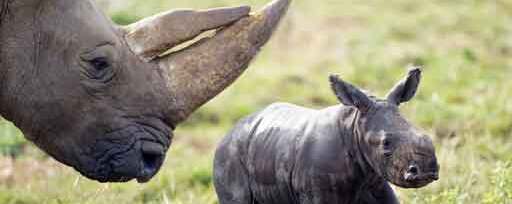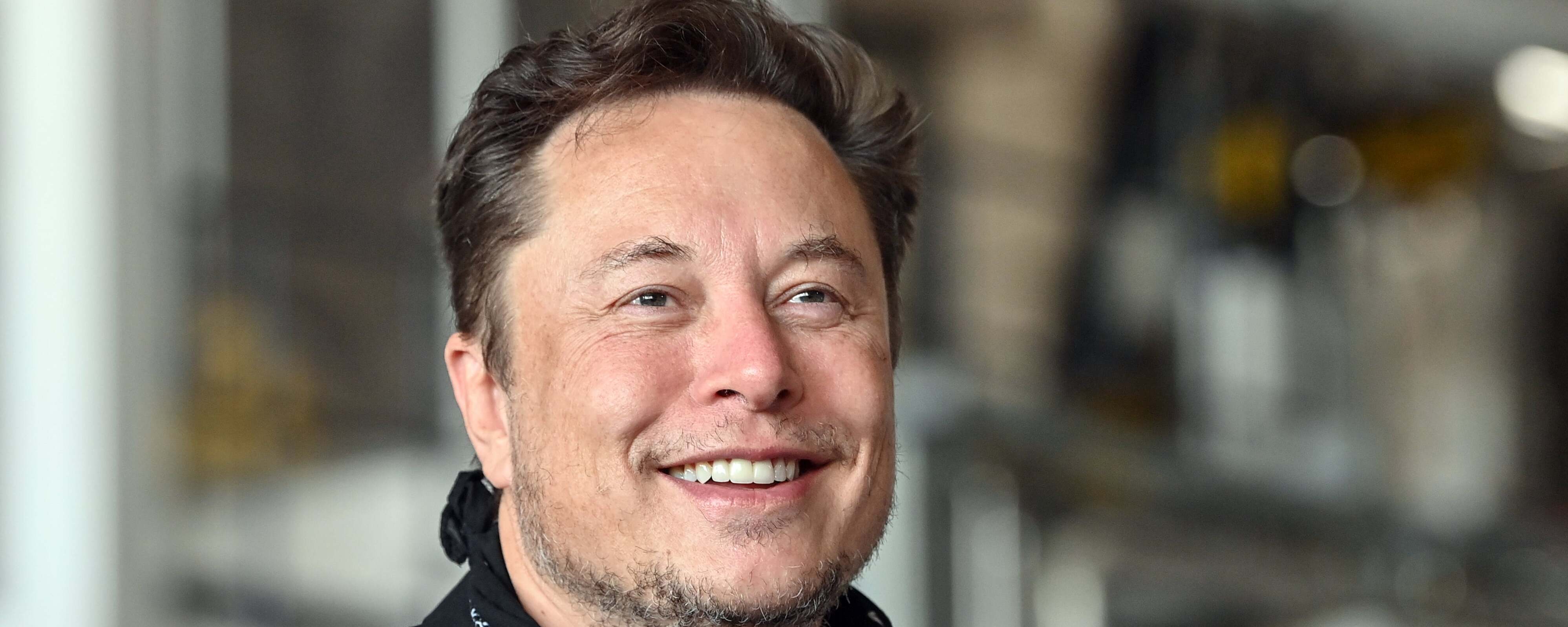Featured Events
X-
- Advanced Search
XNAPHOTOS118635
xnaphotos118635
(110802) -- LANZHOU, Aug. 2, 2011 (Xinhua) -- A pharmacist weighs herbs for patients at the Traditional Chinese Medicine Hospital in Liangzhou District, Wuwei City, northwest China's Gansu Province, July 29, 2011. On July 29 in a village clinic, Chang Faguo, 70, of the Luzhou village, receives herbal drugs from doctor Zhang Yuwen of Ma'er Village neighbouring Luzhou and then rides home. Luzhou, located in the Wuwei City's Liangzhou District in northwest China's Gansu Province, is one of the impoverished villages in the poor province. Herbal drugs are very common in Liangzhou where most of the village doctors are skillful at the Traditional Chinese Medicine (TCM). "Compared with Western medicines, herbal drugs are really cheap for farmers, especially in treating chronic diseases," Zhang said, "take Chang for example, he needs a long-term medication as he has suffered from chronic stomach disease for nearly 20 years. Conventional chemical drugs will cost him 24 RMB yuan every two days whereas the TCM herbs only need 14 RMB yuan. Saving 10 RMB yuan matters much for a famer's family whose annual income is merely 5,000 RMB yuan." After the founding of the People's Republic of China in 1949, rural people had access to subsidized health clinics run by "barefoot doctors," who were basically middle-school students trained in first aid. Those "barefoot doctors" used to prescribe herbs to treat diseases for farmers, which were common and easy to obtain in the countryside. The primitive service, essentially free, played a role in doubling the country's average life expectancy from 35 years in 1949 to 68 years in 1978. When China began its economic reform in the early 1980s, the system was dismantled as the country attempted to switch to a market-oriented healthcare system. But the government failed to establish a viable substitute, leaving its large rural population without health insurance. A national health survey in 2003 revealed about 73 percent of people in rural areas who should have sought medical treatment chose not to do so because of the fear of high costs. The plight of Chinese farmers has provoked national leaders to move to restore rural medical cooperatives and China launched a new rural cooperative medical care program in 2003 to offer basic healthcare to rural residents who have virtually no medical insurance. A farmer, who participates in the cooperative medical care program, could get a reimbursement to offset a part of medical bills. By far, over 96.44% farmers in Liangzhou has benefited from the program. Even so, Fang's family still worried about the expensive drug price as three of the six family members need long-term medication. "In fact, I need to pay for over 50% of the medicine pavement every time when I see the doctor although I have some bills reimbursed, " Fang said, "cheap herbs of the TCM do reduce the bill, without it, I can hardly imagine what our lives would be." Fang drank the herbal medicine soup boiled for nearly half an hour by his daughter. As the Western medicine fees hike, the TCM services have received public applause in Gansu. On the one hand, for years, Gansu has laid a good TCM foundation both in clinical experience and skill training; on the other hand, herbal planting has been a pillar industry for the province. The planting area for herbs in Gansu list in the top three of the nation. The province grows some 1,270 sorts of herbs and has a major TCM hospital in every county. Mass production of herbal materials make farms enjoy the herbal medicine at a more reasonable and affordable price even without reimbursement of the cooperative medical care. In 2009, a TCM promotion was launched in Liangzhou. All the township hospitals and 95 percent of village clinics set up TCM departments. The TCM plays a key role in health care in areas poor in medical resources. Statistics show that by the end of 2010, more than 900 rural doctors and 150 assistant physicians served in rural clinics in Liangzhou, most of whom were graduated from secondary specialized schools of medicine and could master both the TCM and Westen medicine, said Chen Huiying, director of the Social Insurance Bureau of Liangzhou. The popularity of TCM in Liangzhou is caused not only by the low cost of herbal drugs but also by its effectiveness in treatment, and convenience in use with insignificant toxicity and side effects. "Through observing, auscultation and olfaction, inquiry and pulse-taking, the TCM's four diagnostic methods, doctors could diagnose and provide personalized treatment for patients according to their physical conditions, " said Cao Shengyou, director of the Liangzhou TCM Hospital, "anyway, the TCM is simple and effective in treating ailments and chronic diseases." On the second floor in the TCM hospital, through an open door of a ward came out snatches of thin smoke, where the rheumatoid patient Chen Meihua, 50, of Xiaodonghe Village of Liangzhou, received moxibustion treatment with her legs sticking out of burning needles. "Moxibustion has helped me subtly," said Chen, "it buffers my pain ...... taking too much pain pills in the past results in my stomach illness so I chose to receive TCM treatment for its fewer side effects than the chemical pills." Besides moxibution, there are other TCM therapies like acupuncture, cupping, massage, traction, fuming or steaming and so on. To improve medical skills of township and village doctors, Liangzhou devised a personnel exchange scheme. For example, some 15 experienced doctors are selected annually from city hospitals to work in grassroots hospitals to train rural doctors. More local doctors will go to top city hospitals for training. Throughout its 2,000-year history, the TCM has developed a unique system of simple, cheap and effective treatment. However, it also has its weaknesses: its diagnostic method is thought to be backward and its function is time-consuming. These weaknesses force the TCM to be improved in order to meet the demand of modern lives. Some electronic devices like low-frequency electronic pulse therapeutic apparatus have been applied in the TCM treatment, and pills filled with effective constituents extracted... (Xinhua/Nie Jianjiang)
Location:
Gansu, , CHINA
Post Date:
Aug 2, 2011 4:26 AM
TAG ID:
xnaphotos118635 (RM)
Credit:
Nie Jianjiang / Xinhua News Agency/Newscom
Format:
4256 x 2832 Color JPEG
Photographer:
Nie Jianjiang
Keywords:
ce
Release Status:
No Model Release, No Property Release
Please submit a licensing request for pricing on this usage.











